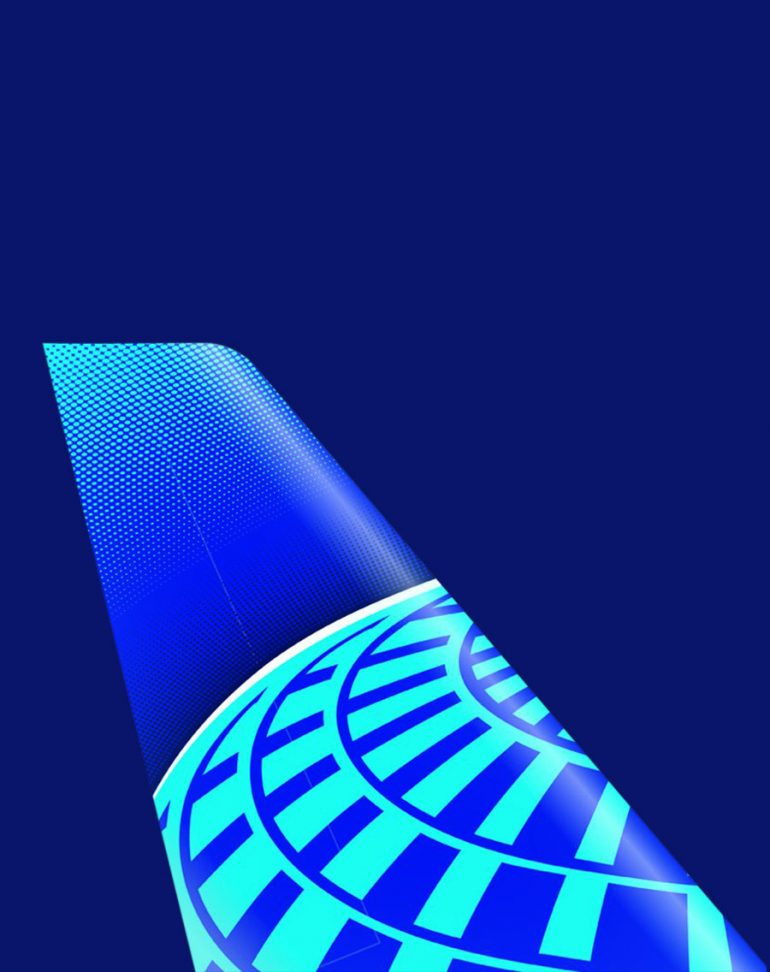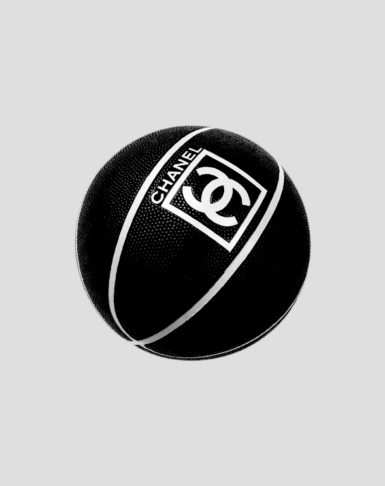This interview originally appeared on kambr.media
Last week, United Airlines introduced its first new look since merging with Continental Airlines nearly a decade ago. The goal of the livery redesign is to convey the identity of a “modernized aircraft.” The updated design is a visual representation of United’s ongoing brand evolution while staying true to the history it has developed over the past 93 years.
Senior strategy director Katie Conway sat down with David Kaplan at kambr.media to share her thoughts about the purpose and pitfalls of United’s graphics move – and what impact, if any, the style changes will have on United’s employees and travelers.
Kambr Media: How do you view the challenge United Airlines faced in initiating a rebranding? Given that it’s a 93-year-old brand, the pressure to stay true to the familiar must have been enormous. What should legacy brands in general consider and think about when doing a rebranding like this?
Katie Conway: There is often a lot of emotion tied to rebrand programs, and that is compounded with legacy brands who can be scared to let go of what they view as core to their company and culture.
But to ensure a successful and impactful rebrand, legacy brands need to be open-minded and think critically about what parts of their DNA are relevant for today’s world. They must be willing to shed aspects of their DNA that are no longer meaningful for employees or customers – and they should use research to help them identify which elements to carry forward and which to leave behind.
When you are so close to a brand, what feels like a big change may not actually be meaningful to those on the outside. For example, the United Airlines new livery design. They sign off their redesign video with “United. Brand. New.”
But the design is nowhere close to “brand new.” It retains many of their old design elements and is not conveying anything “new” about the United brand and what it represents.
When Southwest rebranded in 2014, they were successful in identifying the element of their DNA that was meaningful to customers and differentiating in the marketplace – their “funLUVing spirit” – and they left behind one of the elements that the company was actually founded on: democratizing air travel.
They were able to differentiate between what was true about their brand and company, and what mattered to customers and employees today.
KM: There appears to be a kind of retro feeling among airlines at the moment. For example, next month’s launch of the TWA Hotel at JFK Airport comes to mind. What’s your sense of this “nostalgia” moment in aviation marketing?
KC: I believe travelers are nostalgic for the days when travel was seen as glamorous. The day when people dressed up to fly and it was almost seen as a special occasion and treat.
Fast forward to today, and flying is seen as one of the biggest hassles and most uncomfortable experiences for a host of reasons, from TSA pre-check lines to diminishing leg room and being charged for things that used to be free.
I think flyers want travel to feel special again, but they want that feeling alongside and enhanced by all of today’s technology. They want to still be connected to all the things they love when in the air, whether wi-fi in the sky or Game of Thrones.
KM: As for United’s rebranding, what’s the most likely impact this change can be expected to have?
KC: So far, what I’ve seen from United regarding the rebrand is strictly surface. A new color palette, a new livery design, new uniforms (though I do give them credit for engaging their employees in the uniform design process and giving them the opportunity to provide input into the final design).
If this rebrand is only about visuals, there is likely to be very little meaningful impact by way of employee morale or consumer perception. United needs to be clear about what they’re promising to deliver to their audiences – and how that’s unique from other airlines – and reflect that not only in their visuals but also throughout the entire experience of interacting with the brand—from purchase, to check-in, to interactions with employees, to the flight, etc.


